This personal genealogy blog challenge is to stimulate my own genealogy blogging efforts in 2014 – 2015 by focusing on a different kind of genealogical record each week. I wanted a challenge that reflected my own archival background as well as my own genealogy interests and there are probably lots of other records that I could have included. The challenge has an Australian focus but most of these records will be found just about anywhere in the genealogy world.
The 52 different types of genealogical records I finally decided on are listed in no particular order (each week will be a random surprise). Originally I planned to do this over 52 weeks in 2014 but soon realised that I have to factor in travel and illness so it is continuing into 2015 from Week 26.
Anyone is welcome to do all or part of this blogging challenge. Let me know if you are participating and I will put a link to your post under each week’s challenge.
Links to Weeks 1-25 are here. Week 26 School Records Week 27 Census Records Week 28 Tombstones Week 29 Military Records Week 30 Postcards Week 31 Photographs Week 32 Asylum Records Week 33 Church Records Week 34 Maps Week 35 Sporting Records Week 36 Hospital Records Week 37 Military Histories and Unit War Diaries, Week 38 Trade Union Records Week 39 Old Age Pension Records Week 40 Company Records Week 41 Convict Records Week 42 Gaol and Prison Records
Week 43 Geographical Names
You might wonder how geographical names can help your family history but I find it useful to know how places received their name and if the place name changed over time. For example, Queensland place names are maintained by the Department of Natural Resources who have an online place names search. My Trevaskis family moved from Moonta in South Australia to Copperfield in Queensland in the mid 1860s. The town name suggests it is a mining area and my Trevaskis ancestor was a miner.
The Queensland place names database informs me that Copperfield is a county, a parish and a river but not a town. Sadly there is nothing left there now apart from the cemetery. The database includes a link to a map of Queensland so even if a place no longer exists you can find out where it once was. In this example, Copperfield was close to Clermont in central Queensland.
Clicking on the link for Copperfield parish tells me the place name was derived from the name of the town of Copperfield, its area later absorbed by Clermont. It was originally named for the mineral deposits discovered there.
Of more interest are the two links to the online parish maps (dated 1963 and 1982). I saved the images so that I could have a closer look at the maps for any reference to my family. There are some family and property names, miners homestead lease numbers, reference to the cemetery and other reserves, roads are outlined plus other useful information. Although the maps are quite modern, they can still be useful for family history research.
Almost a companion site is Queensland Places and a search for Copperfield brings up a joint reference to Clermont and Copperfield. There is a brief history of the area, a map of Queensland showing the location and a photo gallery (15 images) mostly of Clermont but some of the mining areas including Peak Downs. A further reading section lists relevant local history publications which can be useful and a slide show with 43 images of Clermont taken in 1979 is available to view as well.
A search of Trove once you have basic details can also lead to more information on a place and what it was like living there at a particular time. Digitised newspapers and photographs can add to your knowledge. My GG grandmother Dorcas Trevaskis and her brother John are probably in this image of the Copperfield State School in 1876 and the family probably shopped in Christoe Street. As the town no longer exists this is the only way that I can visualise where they lived.
Similar place name databases and websites are available for the other Australian states and territories. A Google search can usually find them or check the state or territory government website and use place names in a keyword search.
If you can not travel to where an ancestor was living, using websites like these can help you to understand more about why your ancestor might have chosen to live there and what is was like being part of that community. How much do you know about where your ancestors lived? Is it time to find out?

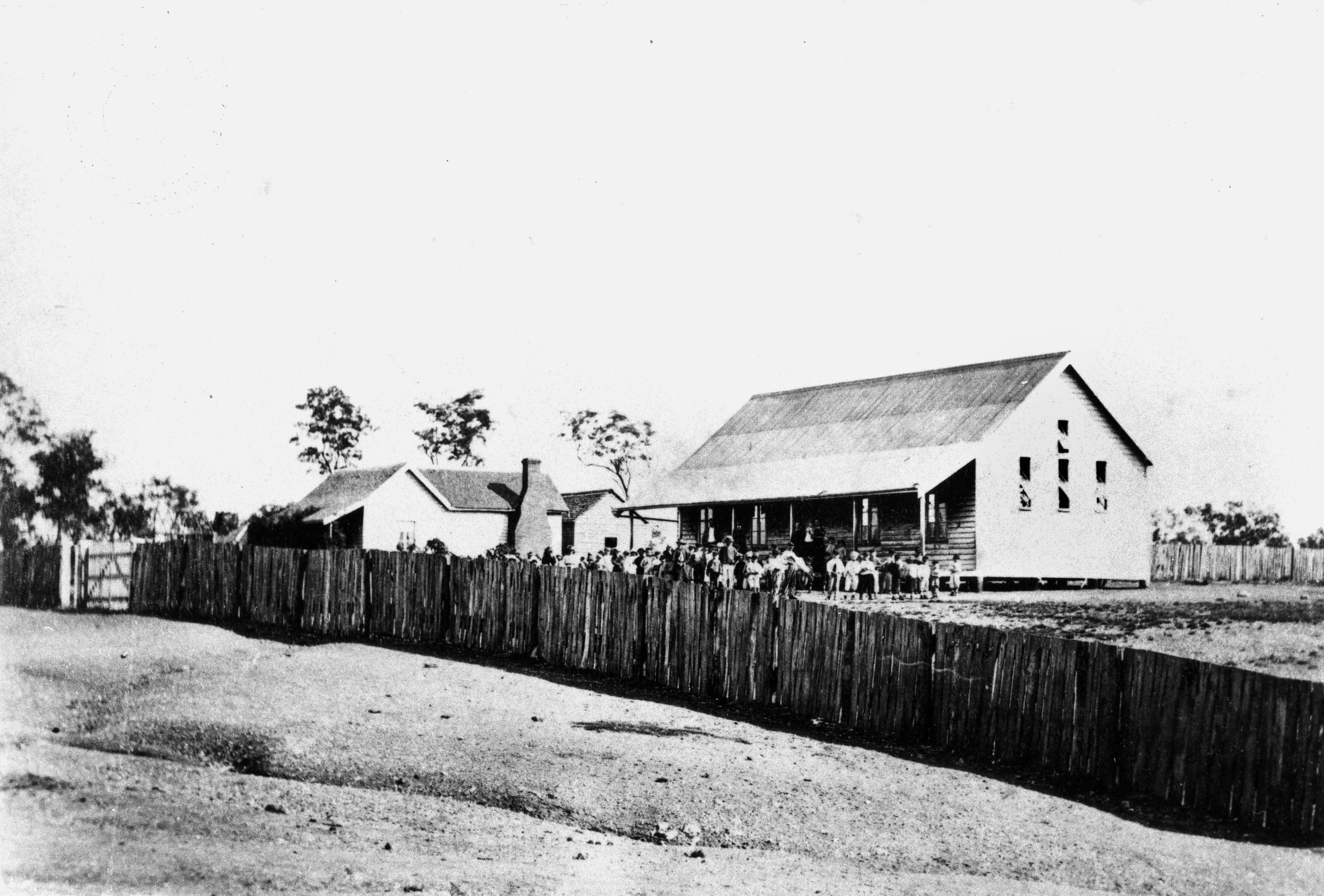
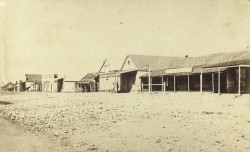
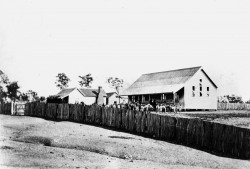
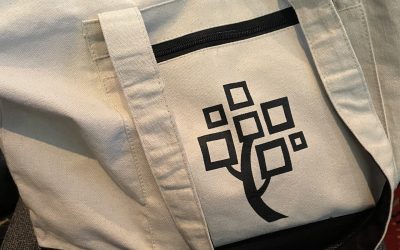
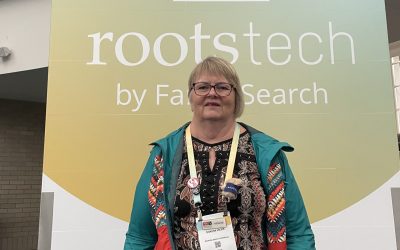
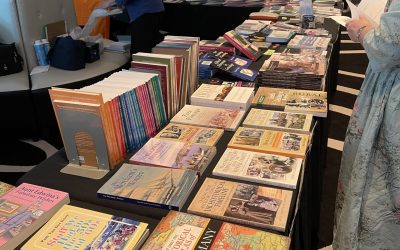
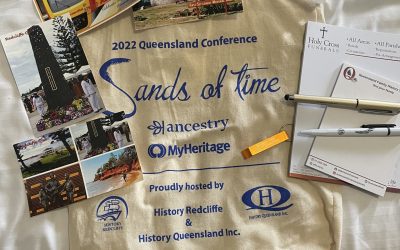
0 Comments